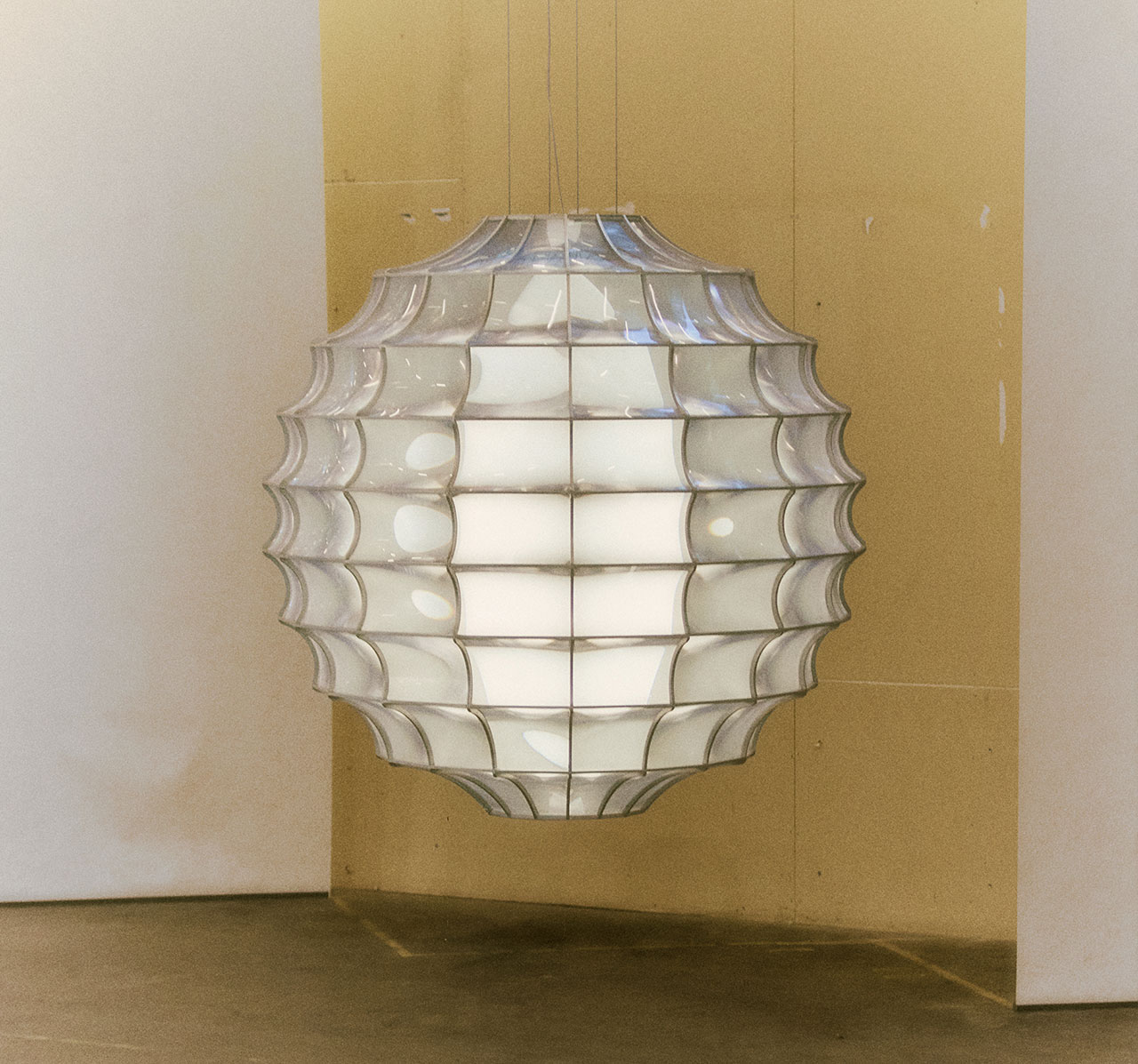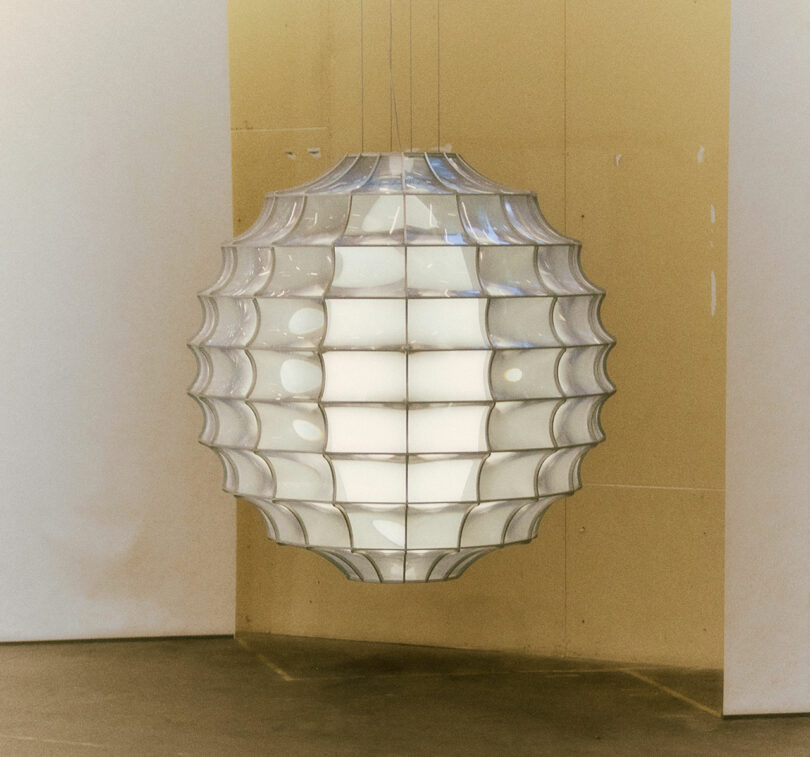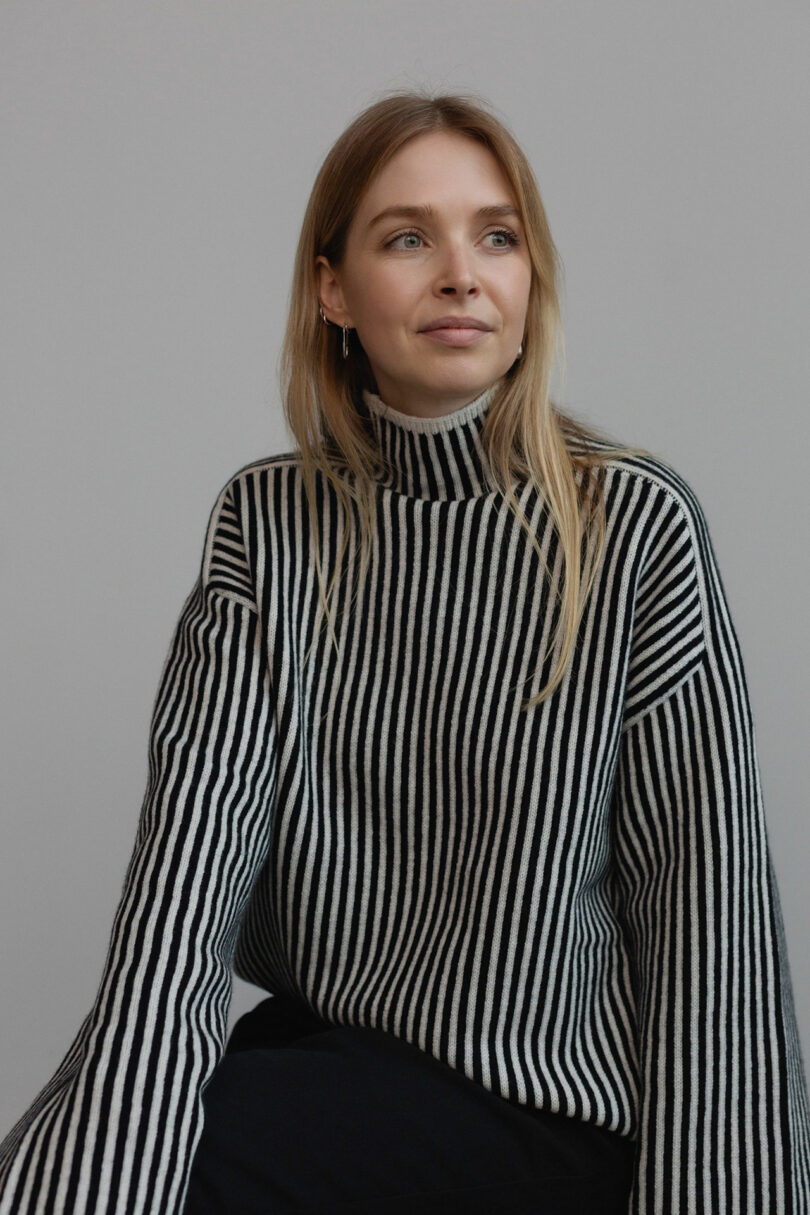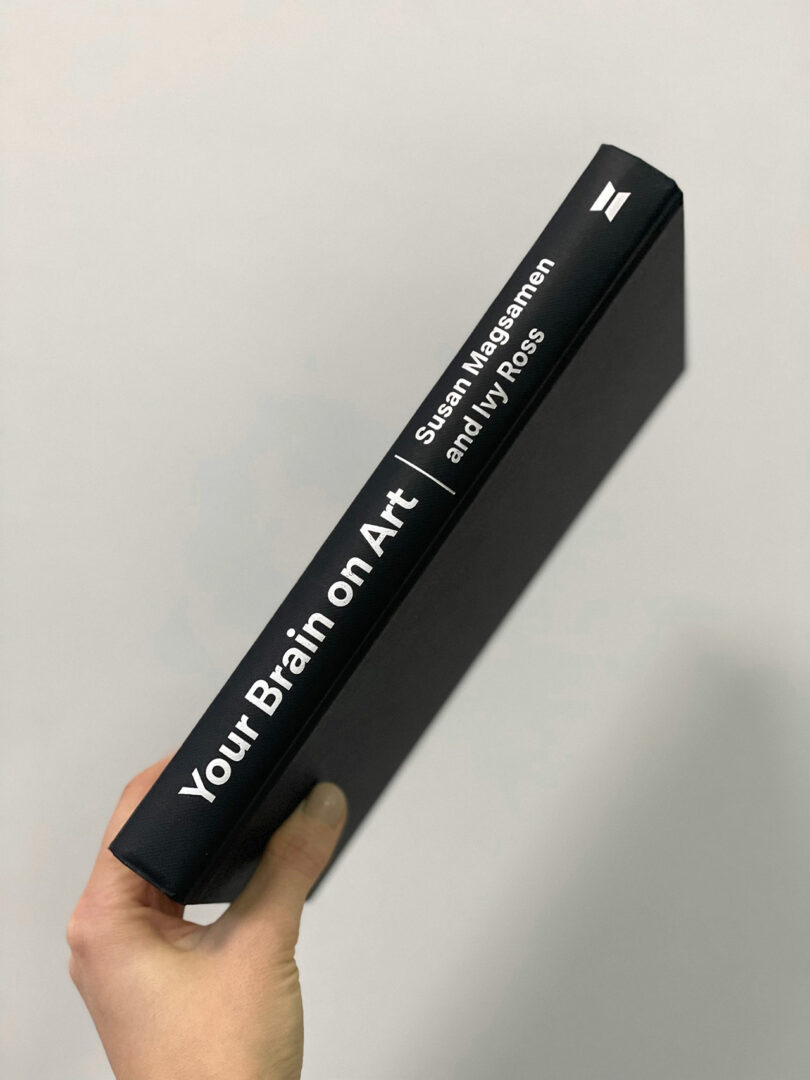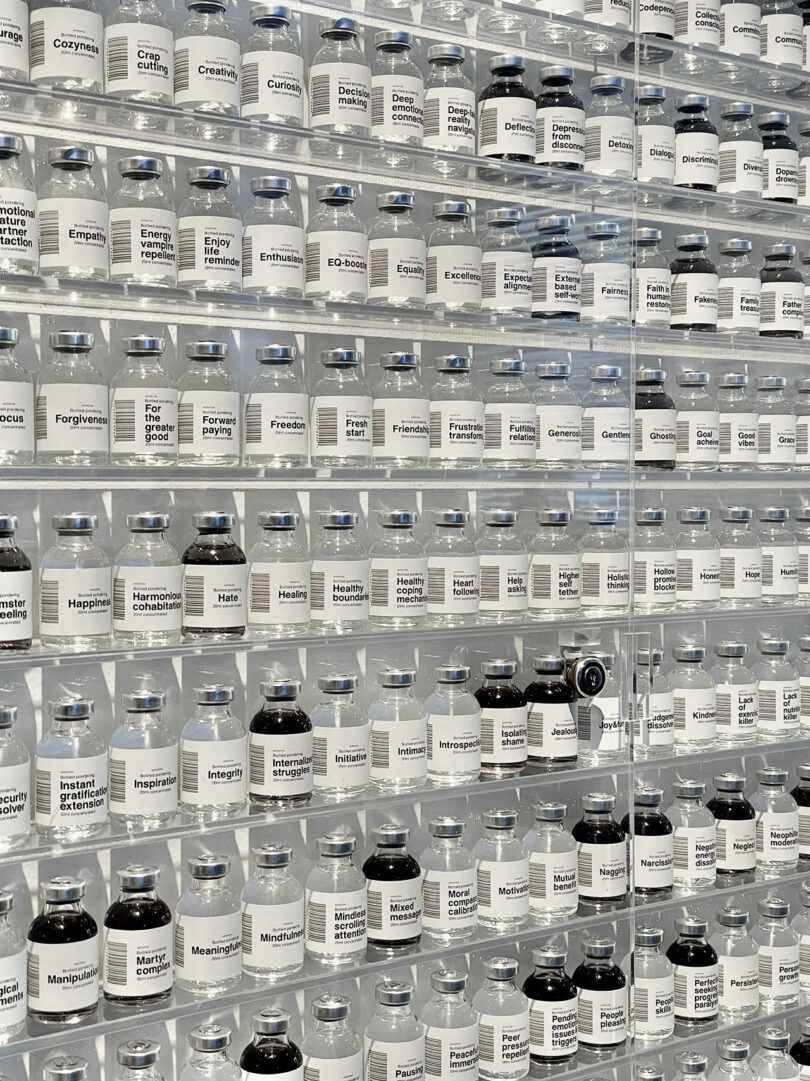When Lise Vester was completing her design school application, it marked a turning point in her life. Exploring an open-ended theme of family, she visited a hospice center. It was there that Vester experienced the concept of healing architecture, and also realized that she could merge her intuitive instincts with her passion to create something meaningful. “Learning how design influences comfort in a space felt profound, and continues to inspire my work today,” she says.
A native of Denmark, Vester studied furniture design and business as an undergraduate. She had the support of her family, and met two key individuals, a gallerist and a lighting company design manager. The pair soon became informal mentors who were always there to offer advice and listen. Their support and encouragement helped to build Vester’s confidence as she set out on her path.
Vester eventually headed to the Royal College of Art in London, where she earned a master’s degree, then accepted jobs as a freelance designer for a range of companies, including Louis Poulsen. In 2022 she founded her eponymous studio based in Copenhagen.
When Vester experiments with glass and light, her philosophy of form follows feelings is at the forefront. Her pieces are often playful and sculptural, with elements that spark curiosity and invite engagement. Whether her objects are for everyday use or artistic installations, Vester aims to craft experiences on both sensory and emotional levels.
Even with plenty of projects on tap today, Vester has a romantic vision of her later years. She would love to spend hours crafting rings, necklaces, and other baubles in a cozy workshop. “Jewelry fascinates me – the stories it carries about identity, memories, and connections,” she adds. “I see jewelry as another way to tell stories through design.”
Today, Lise Vester joins us for Friday Five!
1. Your Brain on Art book by Susan Magsamen and Ivy Ross
This book resonates with my interest in Neuroaesthetics and our mind-brain-body relation. It dives into how art and design affect our brains and emotions, which is a constant theme in my work. Just like physical exercise lowers cortisol levels in our bodies, neuroscience can help inform us, how art affects our mental and physical health too. It also reminds me of Google’s “Making Sense of Color” installation at Milan Design Week 2024, and their 2019 collaboration with Muuto, where they explored how differently designed spaces can evoke emotional responses.
2. Bottled Pondering by Aepenton, exhibited at Design Museum Denmark
The message of this art piece is to prioritize our mental and relational well-being as much as our physical health. The medication bottle is a universal language of something that heals us, and the installation serves as a tool, helping us start a conversation and to break down stigma and taboo about mental health.
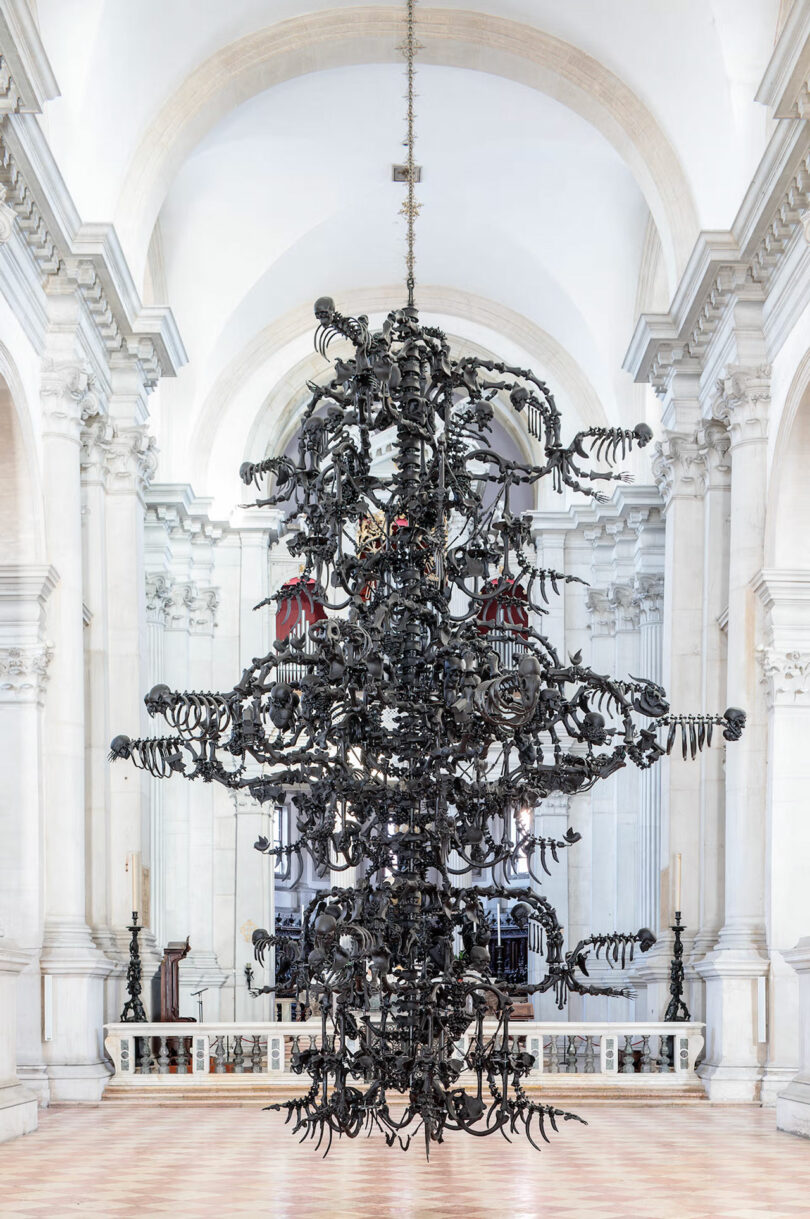
Ai Weiwei’s The Human Comedy (2022), installed at the Basillica San Giorgio Maggiore \\\ Photo: Courtesy Francesco Allegretto
3. Ai Weiwei’s Murano Glass Chandelier, The Human Comedy
I am fascinated by glass for its fluidity, strength, and how it transforms light. Visiting Murano in 2023 sparked my dream of collaborating with Venetian glassblowers on a modern chandelier. Ai Weiwei’s piece, the largest Murano glass chandelier ever made, reimagines the romantic floral tradition into a haunting reflection on death. It’s both stunning and unsettling, showcasing exceptional craftsmanship while challenging our relationship with mortality.
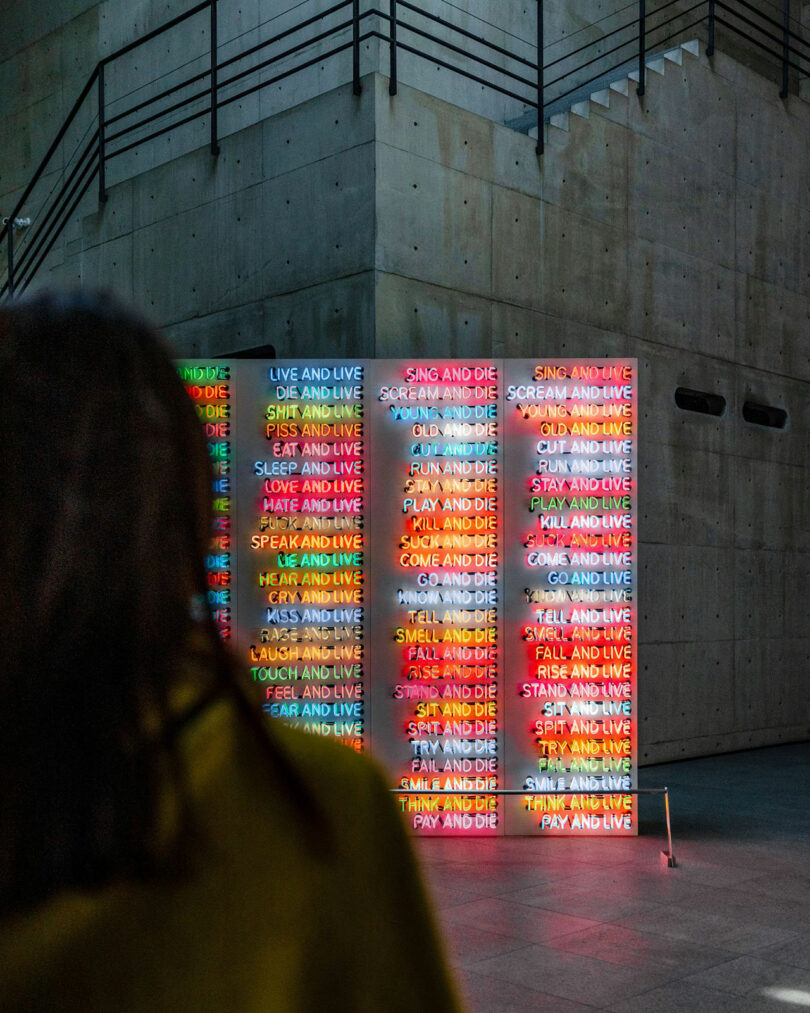
Photo: Courtesy of Ben Richards
4. Neon Signs in Japan / Bruce Nauman’s One Hundred Live and Die
Japan’s neon signs are full of creativity and character, and are so much fun. They have the ability to transform ordinary streets into immersive experiences. Paired with Bruce Nauman’s iconic neon work, “One Hundred Live and Die,” these signs ignite my interest in the storytelling potential of light and signage – something that would be interesting to explore further.
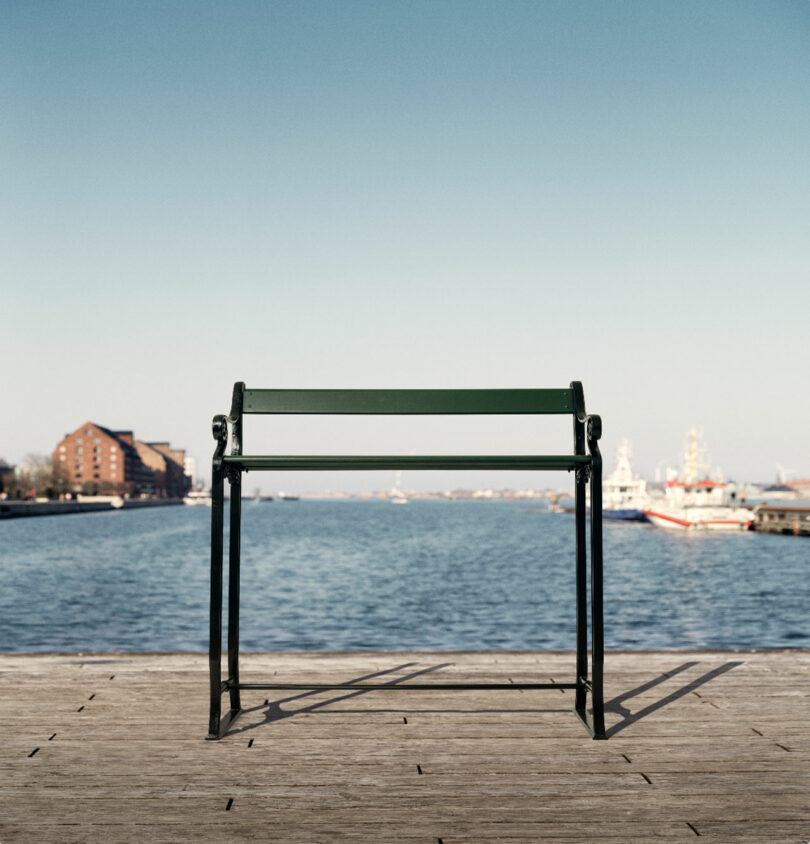
Elevated Copenhagen Bench (Københavner Bænken) by TV2, a campaign from a Danish TV channel TV2 \\\ Photo: Courtesy of Søren Solkær for TV2
5. Elevated Copenhagen Bench (Københavner Bænken)
In 2022, Danish TV channel TV2 made 15 altered versions of the iconic Copenhagen benches. The benches were elevated by 85 cm to symbolize rising sea levels – A simple but effective way of making climate change feel tangible – it literally forces you to look up and imagine the impact on our cities.
Works by Lise Vester:
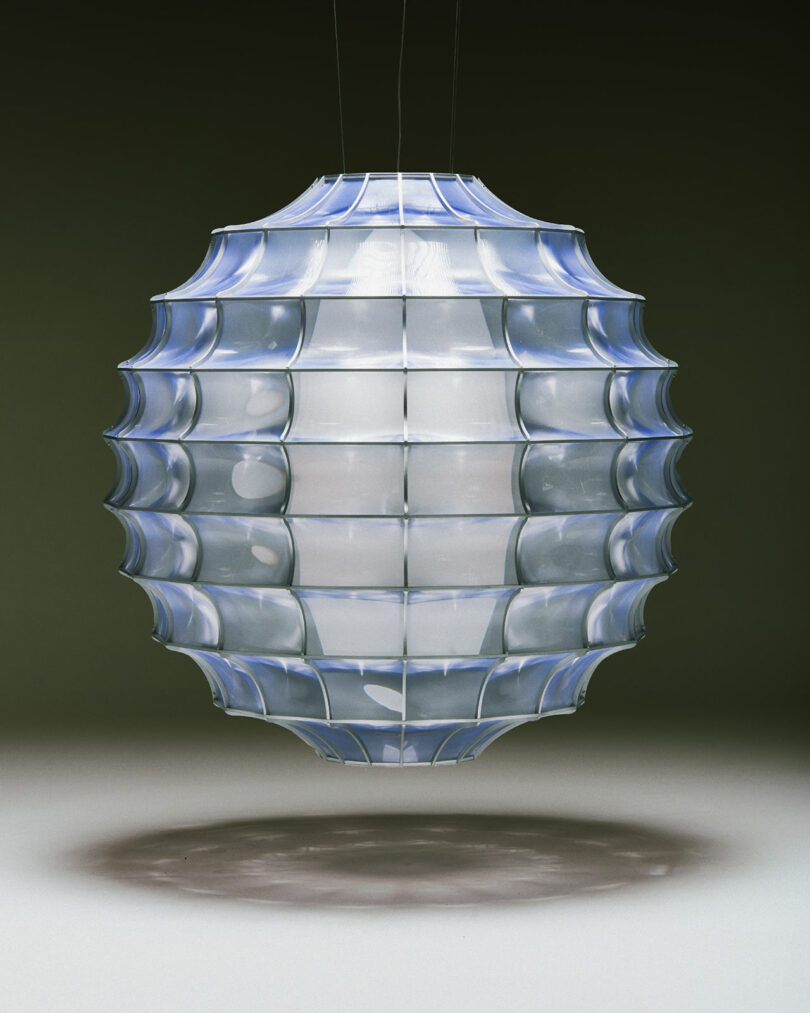
Photo: Peter Vinther, at the Cabinetmakers Autumn Exhibition 2024
Lighthouse 2024
The chandelier “Lighthouse” is made in collaboration with Louis Poulsen for the Cabinetmakers Autumn Exhibition 2024.
The chandelier reinterprets the lighthouse’s light by combining the groundbreaking invention of the Fresnel lens with modern lens technology in an experimental piece. The lighthouse symbolizes hope, inspiration, and encouragement – a marker that guides us safely through life’s challenges. The modern Fresnel lenses create a magical, playful light that sparks curiosity and reflection. As a symbolic beacon, the light provides guidance and wondrous experiences for those who encounter it on their journey.
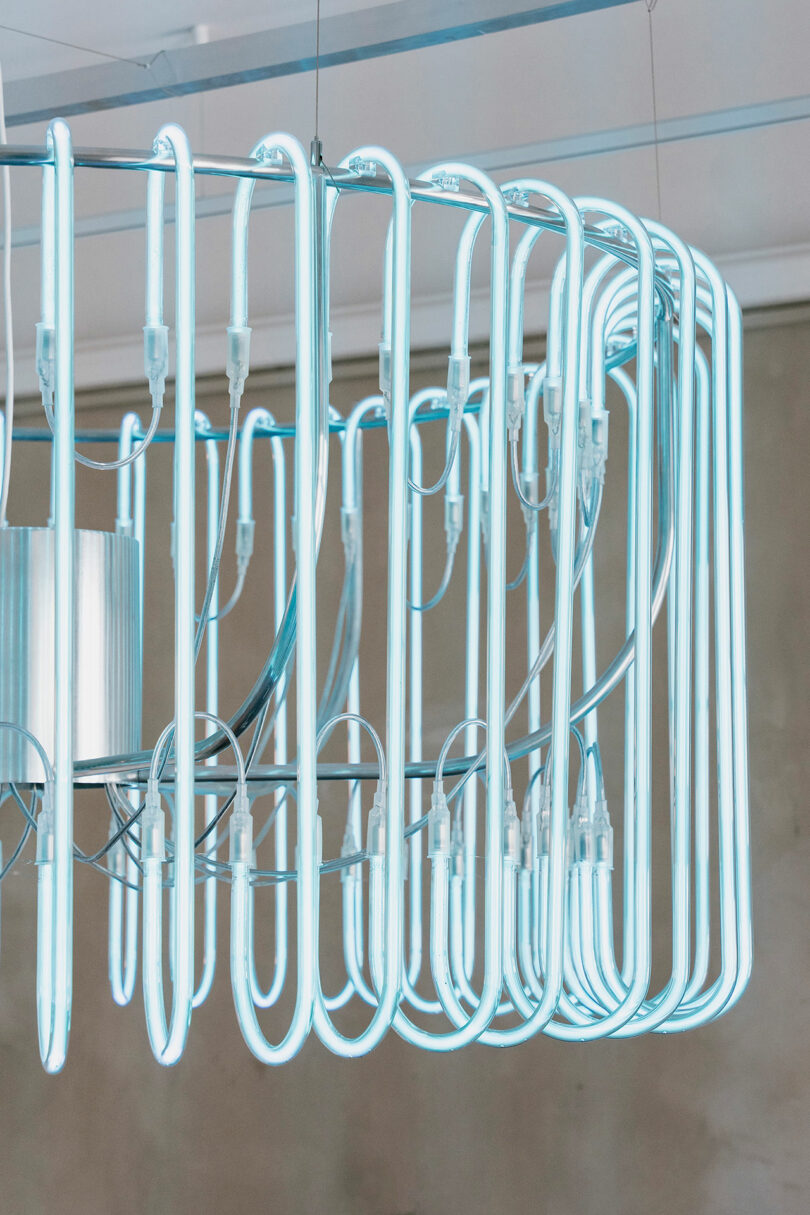
Photo: Luka Hesselberg for Design Museum Denmark
Neon Chandelier Idea Generator 2022
The neon chandelier Idea Generator is made in collaboration with Louis Poulsen for the Cabinetmakers Autumn Exhibition 2024.
The Chandelier is inspired by the incandescent bulb, symbolizing a bright idea, and pays homage to the creative ideas that are the fuel for innovation and production among designers. With the Idea Generator, Lise Vester challenges the typical neon sign aesthetic by creating a three-dimensional artwork, which, with its large scale, shape, and pleasant glow, becomes a sort of spatial experience of the blue and atmospheric light.
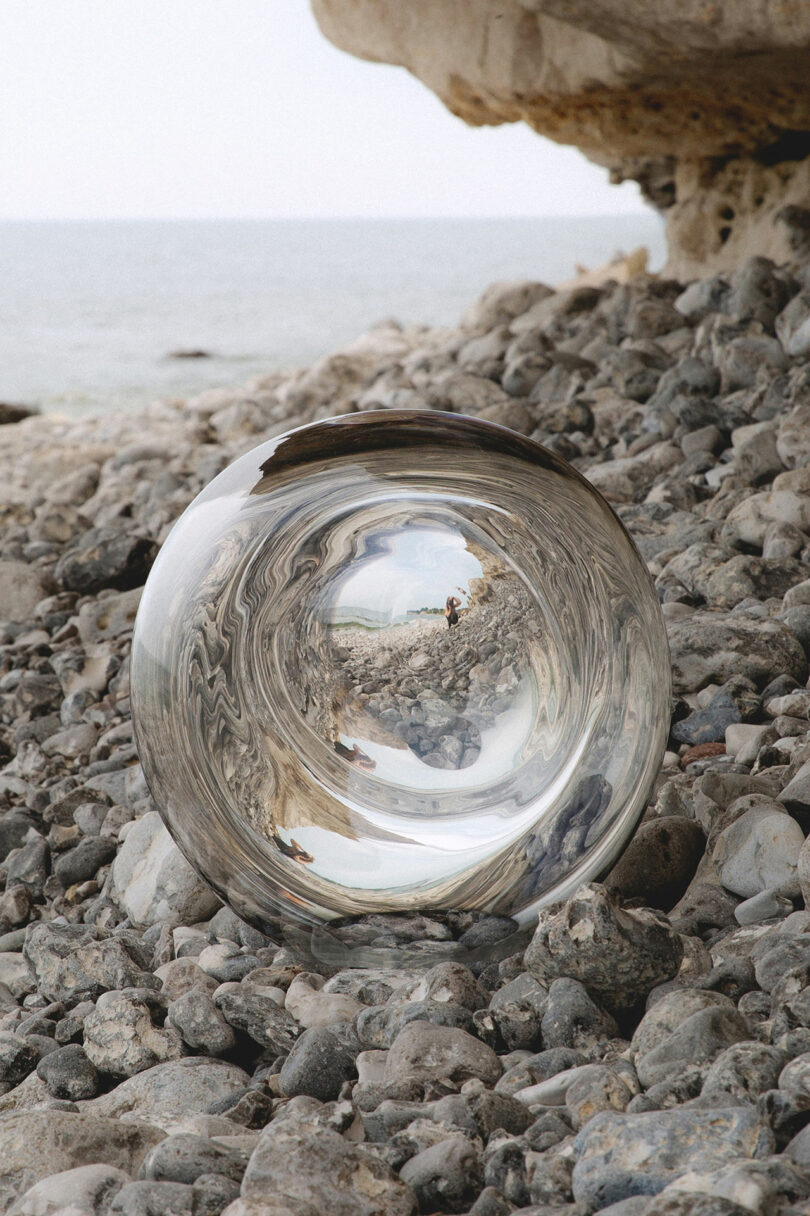
Photo: Cecilie Jegsen at Stevns Klint
Reflections 2023
Reflections is an experimental collection of mirrors crafted with mouth-blown free hand sculpted glass and silvering techniques. Collaborating with skilled glassblowers, this project reimagines concave and convex mirror design, elevating the experience through fine artistic craftsmanship. It aims to create fresh perspectives and reflective spaces, igniting self-awareness and expanding our perception of the world and the spaces we live in.
Through playful exploration of light and form, Reflections uncovers the transformative and introspective powers held within reflections, stimulating new experiences and contemplative moments in our daily lives.
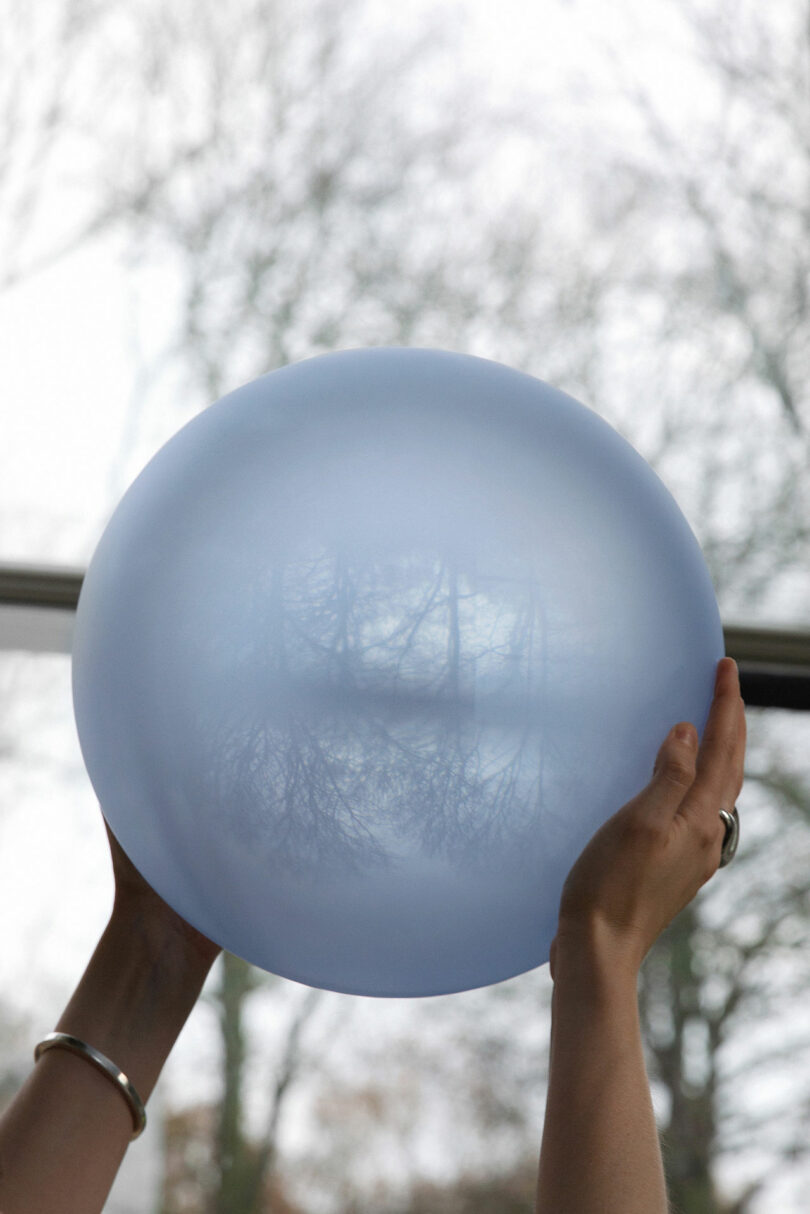
Photo: Cecilie Jegsen at Observatoriet
Dream View Sphere 2021
The Dream View Sphere offers a new way of seeing things and makes room for reflection. Stop and notice the beauty of the ordinary everyday life, and our ability to change perspective. The sphere is made in mouth blown glass, and is placed near the window where it projects and objectifies the view of the sky – only by the use of daylight. Dream View Sphere is acquired by Designmuseum Danmark, and is exhibited at The Future is Present 2022-2024.
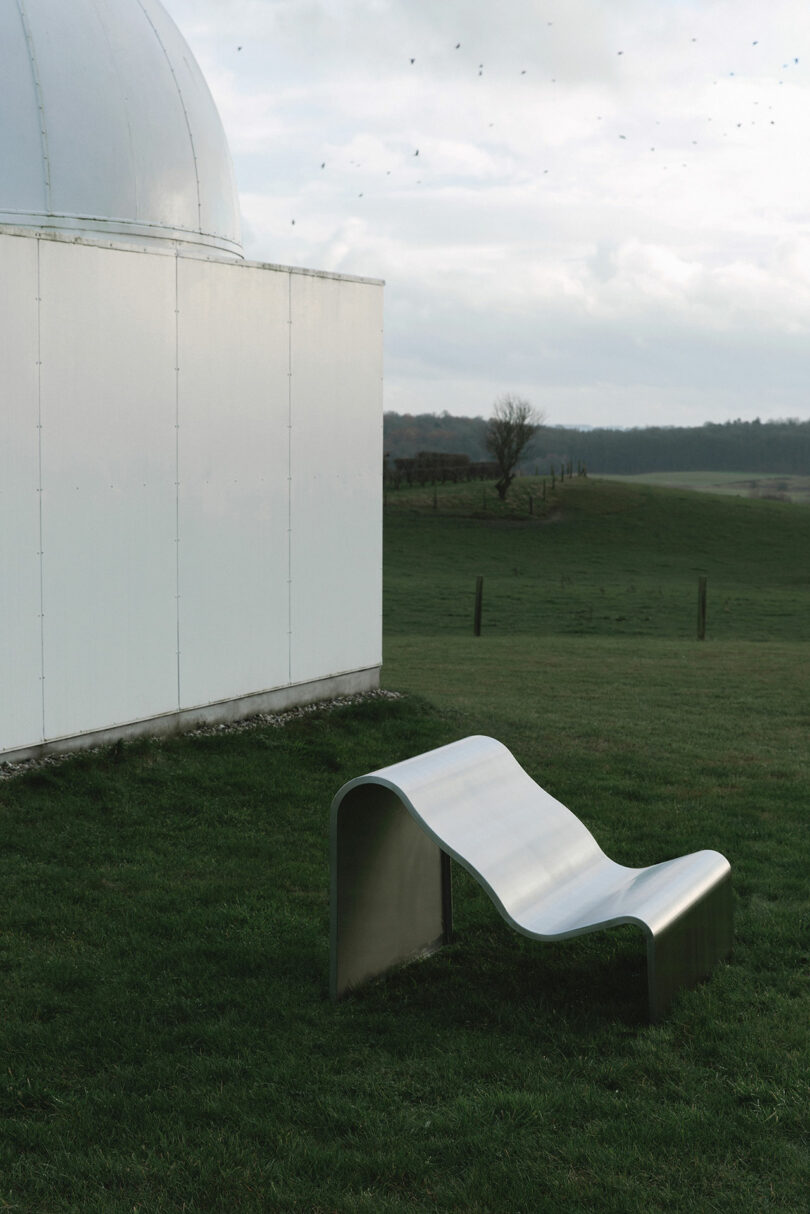
Photo: Cecilie Jegsen at Observatoriet
Dream View Chair 2021
The bench is made for people to “look up and wonder”. The brushed steel reflects the sky and the curvature offers us lean back in a restful position while inviting us to glaze and connect with the sky and our dreamworlds. The bench allows us to look at the clouds and stars in the company of each-other and the chair allows self introspection.
